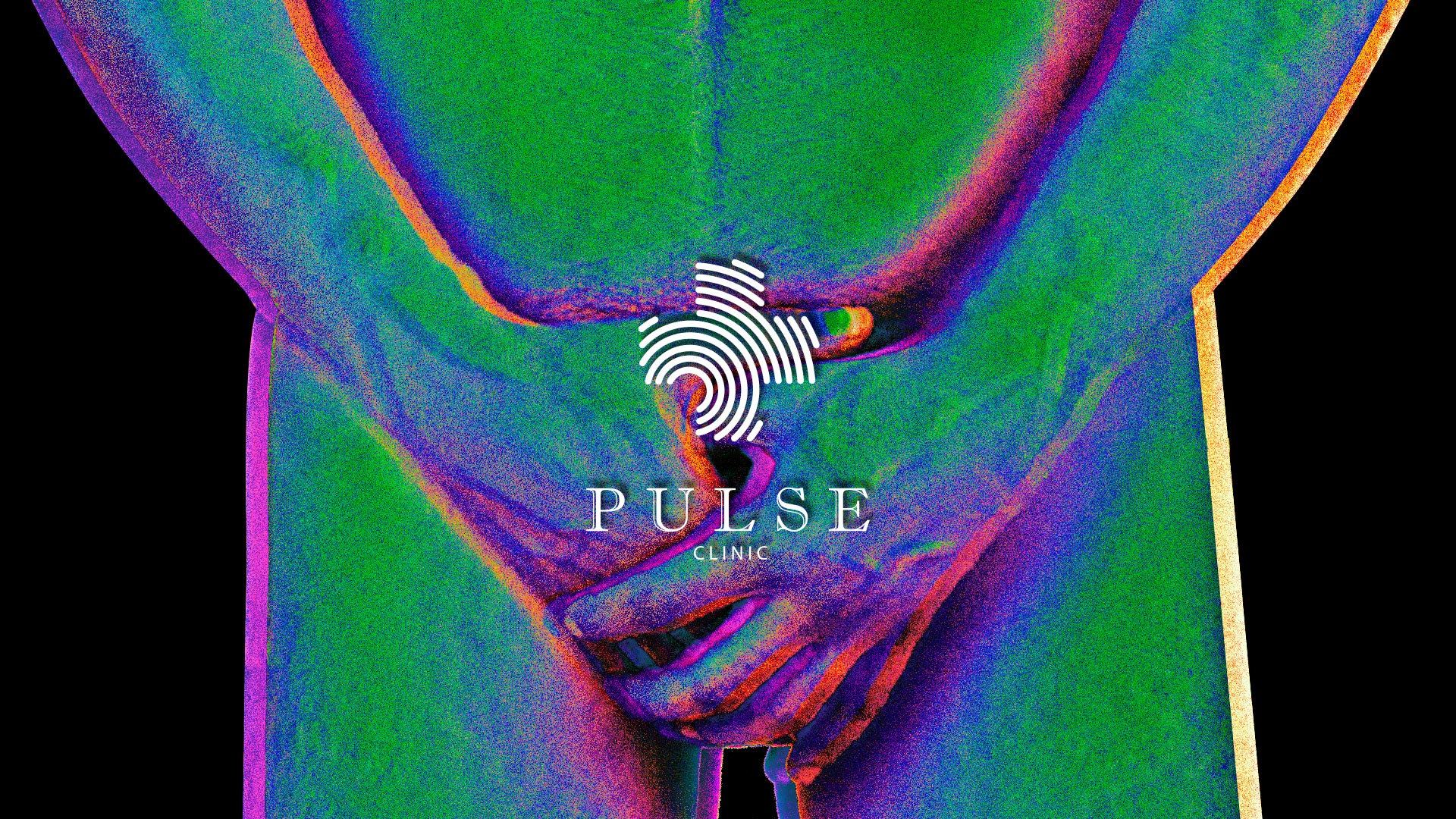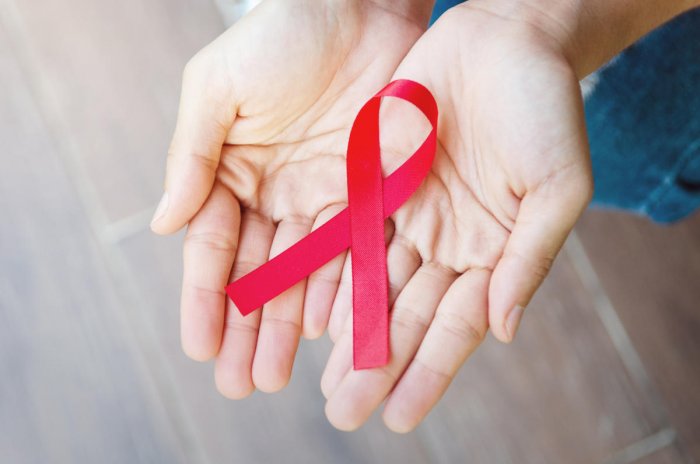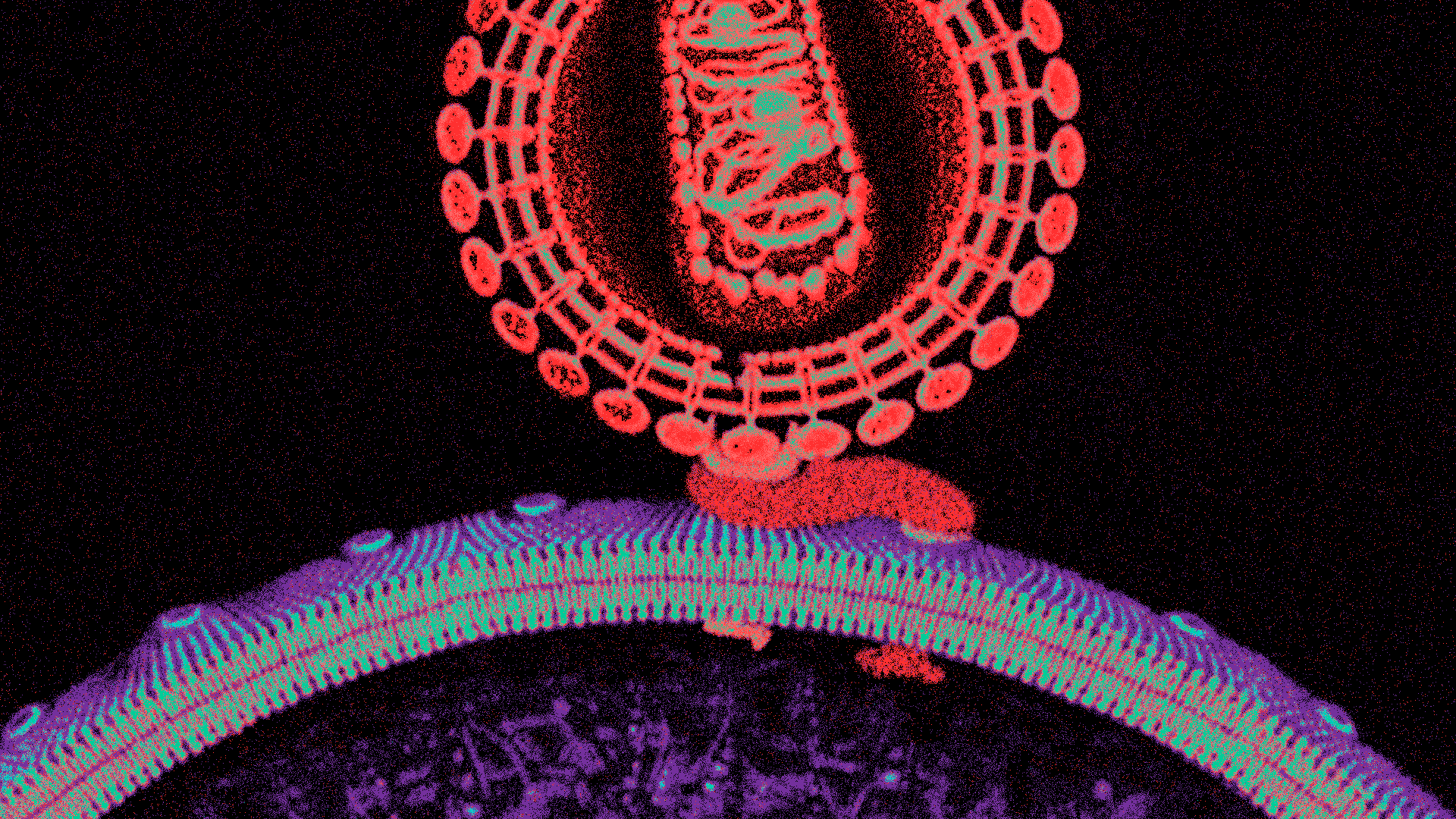Anal Yeast Infection: Symptoms, Treatment, and Causes
1490
Learn about anal yeast infections: causes, symptoms, and treatment options to effectively manage discomfort and restore skin health.

Anal Yeast Infection: Symptoms, Treatment, and Causes
What is an Anal Yeast Infection?
An anal yeast infection occurs when there is an overgrowth of yeast, particularly Candida, in the anal area. While yeast is a natural part of the body’s microbiome, an imbalance can lead to infections that cause discomfort and other symptoms. Anal yeast infections can affect anyone but are more common in individuals with certain risk factors.
Causes of Anal Yeast Infections
Several factors can contribute to the development of an anal yeast infection:
1. Antibiotic Use: Antibiotics can disrupt the natural balance of bacteria in the body, allowing yeast to proliferate.
2. Diabetes: Elevated blood sugar levels can create an environment conducive to yeast growth.
3. Immunosuppression: Conditions or medications that weaken the immune system (such as HIV/AIDS or chemotherapy) can increase susceptibility to infections.
4. Moisture and Friction: Excess moisture from sweating, tight clothing, or prolonged sitting can promote yeast growth in the anal area.
5. Poor Hygiene: Inadequate cleaning or excessive use of irritants (like scented soaps) can lead to infections.
6. Diet: A diet high in sugar or refined carbohydrates can contribute to yeast overgrowth.
Symptoms of Anal Yeast Infections
Symptoms of an anal yeast infection can vary in severity but commonly include:
- Itching and Irritation: A persistent itch around the anal area is often the first symptom.
- Redness and Inflammation: The skin may appear red and swollen.
- Discharge: There may be a thick, white discharge resembling cottage cheese.
- Pain or Discomfort: Pain during bowel movements or when sitting may occur.
- Cracking or Fissures: Skin cracks may develop due to irritation and itching.
Diagnosis
To diagnose an anal yeast infection, a healthcare provider will typically:
- Review Medical History: Discuss any recent antibiotic use, underlying conditions, or symptoms.
- Conduct a Physical Examination: A visual inspection of the anal area can reveal signs of infection.
- Perform Laboratory Tests: A sample may be taken to confirm the presence of yeast or rule out other infections.
Treatment Options
Treating an anal yeast infection focuses on alleviating symptoms and addressing the underlying cause. Common treatment options include:
1. Antifungal Medications: Over-the-counter topical antifungals (like clotrimazole or miconazole) can effectively treat mild infections. In more severe cases, a healthcare provider may prescribe oral antifungal medications.
2. Improved Hygiene: Keeping the anal area clean and dry can help prevent further irritation and yeast overgrowth. Use gentle, unscented soaps and avoid harsh cleansers.
3. Dietary Changes: Reducing sugar and refined carbohydrates may help restore balance to the body’s microbiome.
4. Lifestyle Modifications: Wearing loose-fitting clothing and cotton underwear can minimize moisture and friction.
5. Managing Underlying Conditions: If diabetes or immunosuppression is contributing to the problem, working with a healthcare provider to manage these conditions is crucial.
When to See a Doctor
If you experience persistent symptoms of an anal yeast infection, especially if they worsen or do not improve with over-the-counter treatments, it’s important to consult a healthcare provider. They can provide a proper diagnosis and tailor a treatment plan to your needs.
Conclusion
Anal yeast infections can cause significant discomfort, but understanding their causes, symptoms, and treatment options can help individuals find relief. Maintaining good hygiene, managing underlying conditions, and seeking prompt medical attention are key steps in effectively addressing this issue. If you suspect you have an anal yeast infection, don’t hesitate to reach out to a healthcare professional for guidance and support.
Contact us at info.bkk@pulse-clinic.com or chat on your preferred platform:
![]() +66 65 237 1936
+66 65 237 1936  @PULSEClinic
@PULSEClinic ![]() PulseClinic
PulseClinic
Trust PULSE CLINIC to take care of your health like other 45000 people from over 130 countries. We provide discreet professional service with high privacy. Here to help, not to judge.
I have my prescription and I want to order now, TAKE ME THERE !
Loading...
Clinic Locations
Loading...







